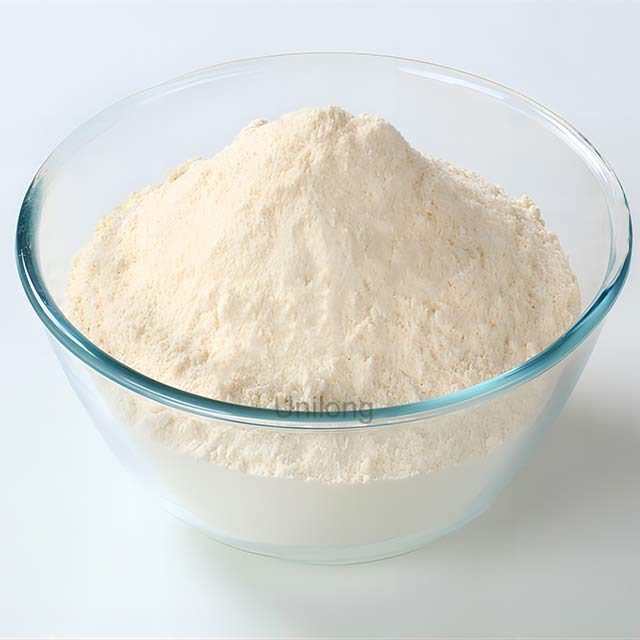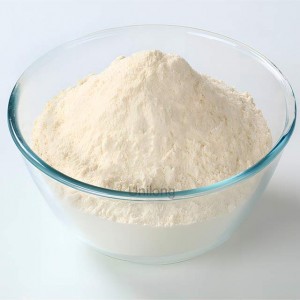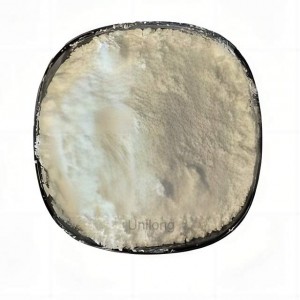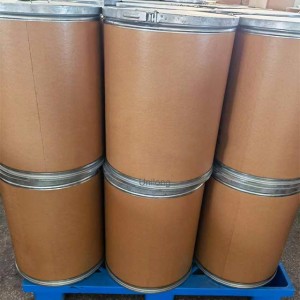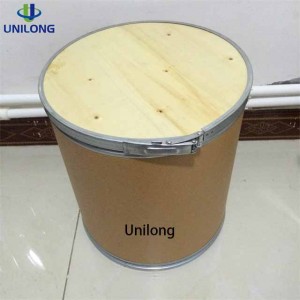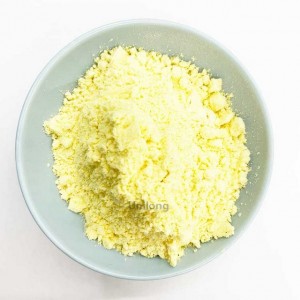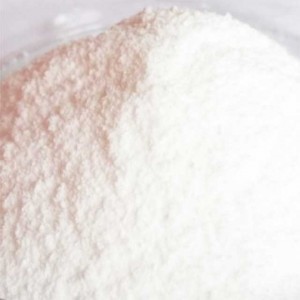Chitosan Cas 9012-76-4
Chitosan is the second most abundant biopolymer in nature after cellulose, and is widely distributed, mainly distributed in the shells of many lower animals, especially arthropods such as shrimp, crabs, insects, etc., and also exists in the cell walls of lower plants such as bacteria, algae and fungi. Chitosan is the only basic amino polysaccharide that exists in a large number of natural polysaccharides, with a series of special functional properties, and has a wide range of important application values in agriculture and food, etc., its rich sources, simple preparation and film formation, excellent preservation performance, will certainly play an increasingly important role in the preservation of food chemicals, extend the shelf life and other aspects. The chitosan also has the functions of enhancing human immunity, clearing excess fat in the body, inhibiting harmful bacteria, reducing blood lipids, regulating blood sugar, non-toxic anticancer effect and being used as biomedical mate
| Item | Specifications |
| Appearance | yellowish powder |
| Grade | Industrial grade |
| Degree of deacetylation | ≥85% |
| Water | ≤10% |
| Ash | ≤2.0% |
| Viscosity(mPa.s) | 20-200 |
| Arsenic(mg/kg) | <1.0 |
| Lead(mg/kg) | <0.5 |
| Mercury(mg/kg) | ≤0.3 |
In agriculture, chitosan induces host defense responses in monocotyledons and dicotyledons. It has been described as a plant antiviral agent and as an additive in liquid multi-component fertilizers. In addition, the presence of chitosan on the soil facilitates symbiotic interactions between plants and microorganisms. Chitosan can also improve plant metabolism, resulting in increased germination rates and crop yields.
Due to its immunostimulatory activities, anticoagulant properties, antibacterial and antifungal effects and its role as a wound healing promoter in the field of surgery, chitosan can be used extensively as a biomedical material. In addition, chitosan can also be used as a potential excipient in the form of granules or beads for the sustained release of orally administered drugs. This is mainly due to its abundant availability, inherent pharmacological properties and low toxicity.
Chitosan is biocompatible and is compatible with other ingredients such as glucose, oils, fats and acids. It is a highly effective hydrating agent with film-forming ability. Chitosan is commonly used in skin care applications. It helps to retain skin moisture, moisturize and firm the skin, provide extracellular matrix support and promote the skin's natural barrier function.
Chitosan can be used as an excellent coagulating agent and flocculant in wastewater treatment, protein recovery and water purification. This is mainly due to the high density of amino groups in the polymer chains, which can interact with negatively charged substances such as proteins, solids and dyes.
In addition to the applications in the above fields, chitosan can also be used as a dye binder for textiles, a strengthening additive in paper, and a preservative in foods, etc.
25kg/drum by sea or by air. Warehouse ventilation and low temperature drying.
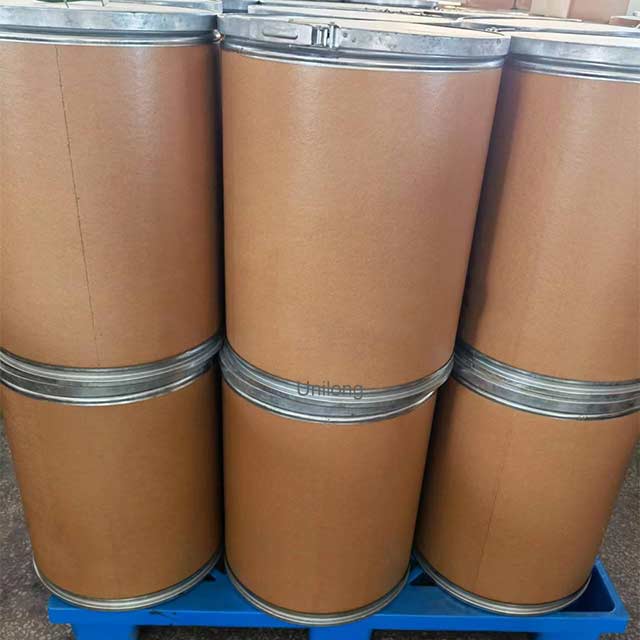
Chitosan Cas 9012-76-4
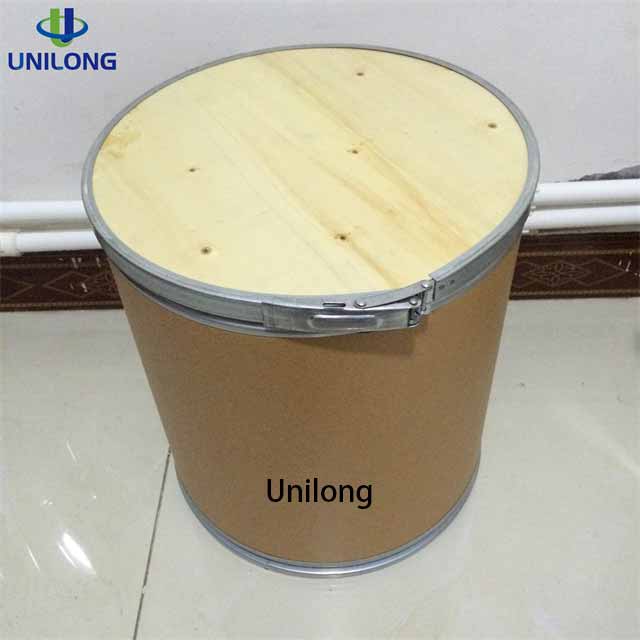
Chitosan Cas 9012-76-4


